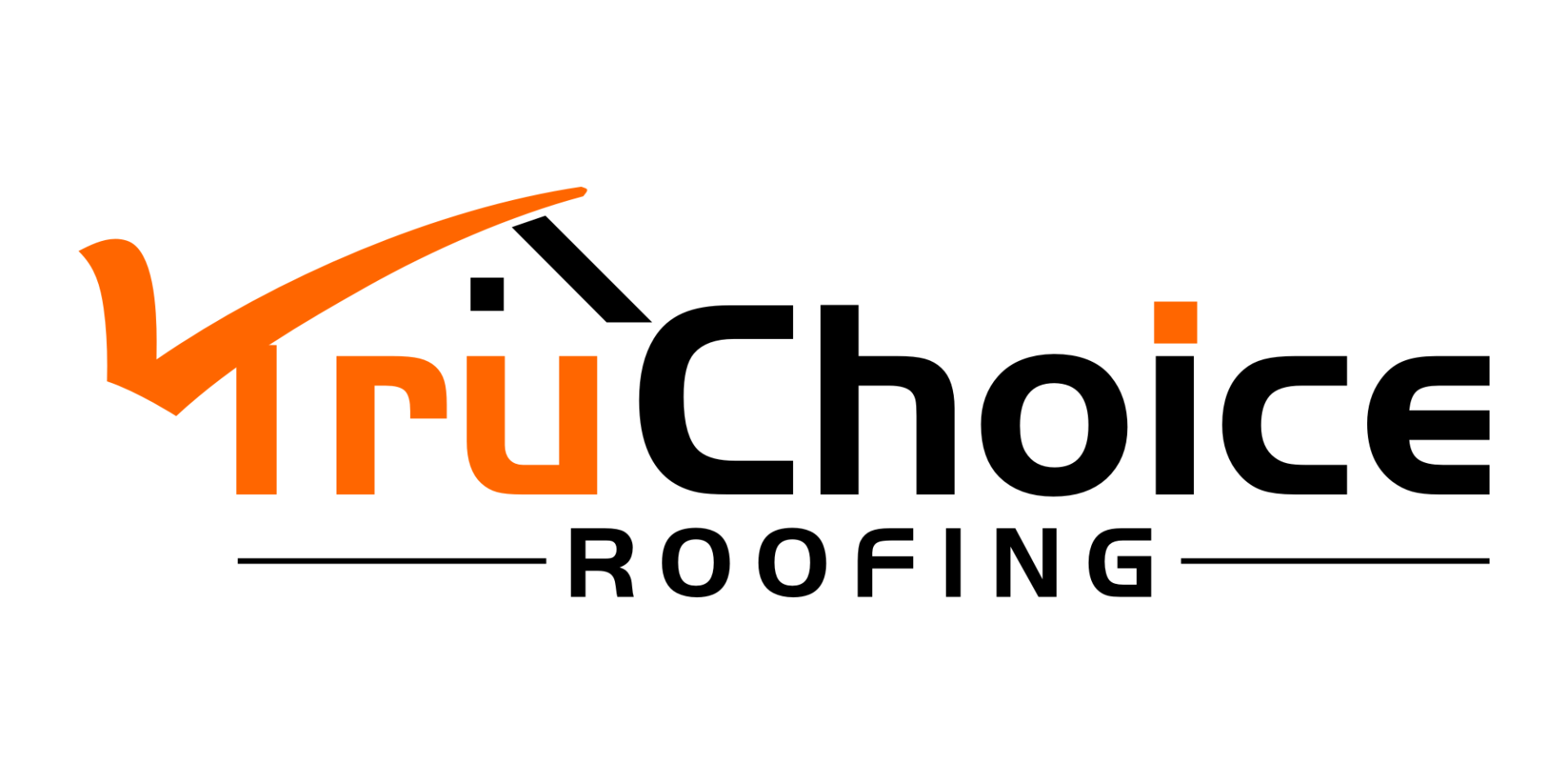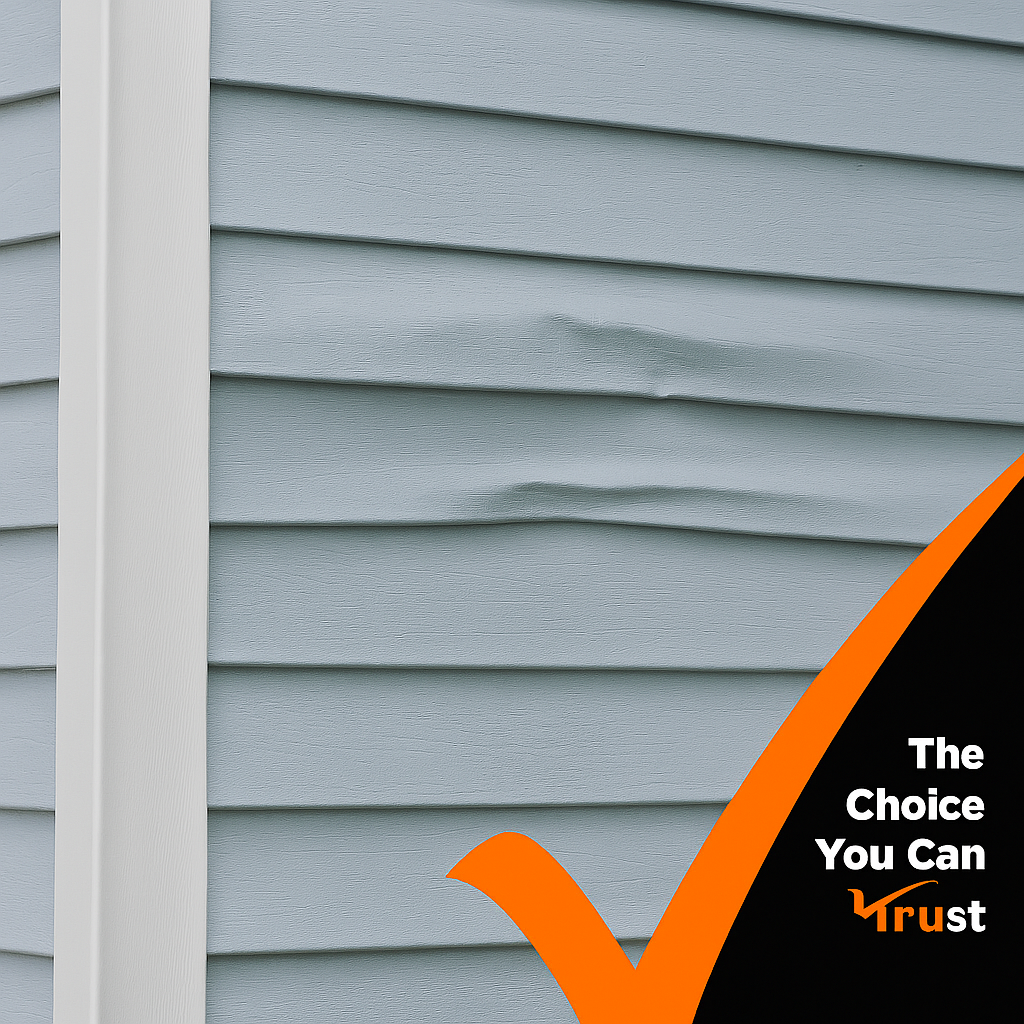Sustainable Roofing Materials: Environmentally Friendly Roofing Options
Concerns about how development affects the environment have grown in recent years. Roofing is one topic that has gotten a lot of attention. Due to their production, disposal, and energy requirements, conventional roofing materials like asphalt shingles and concrete tiles can have a considerable negative environmental impact. Fortunately, there are several of ecologically friendly roofing solutions that can help lessen the impact of roofing on the environment. Some of the most ecologically friendly roofing alternatives will be covered in this blog.
Call Us Anytime At TruChoice Roofing To Talk About Roofing Materials
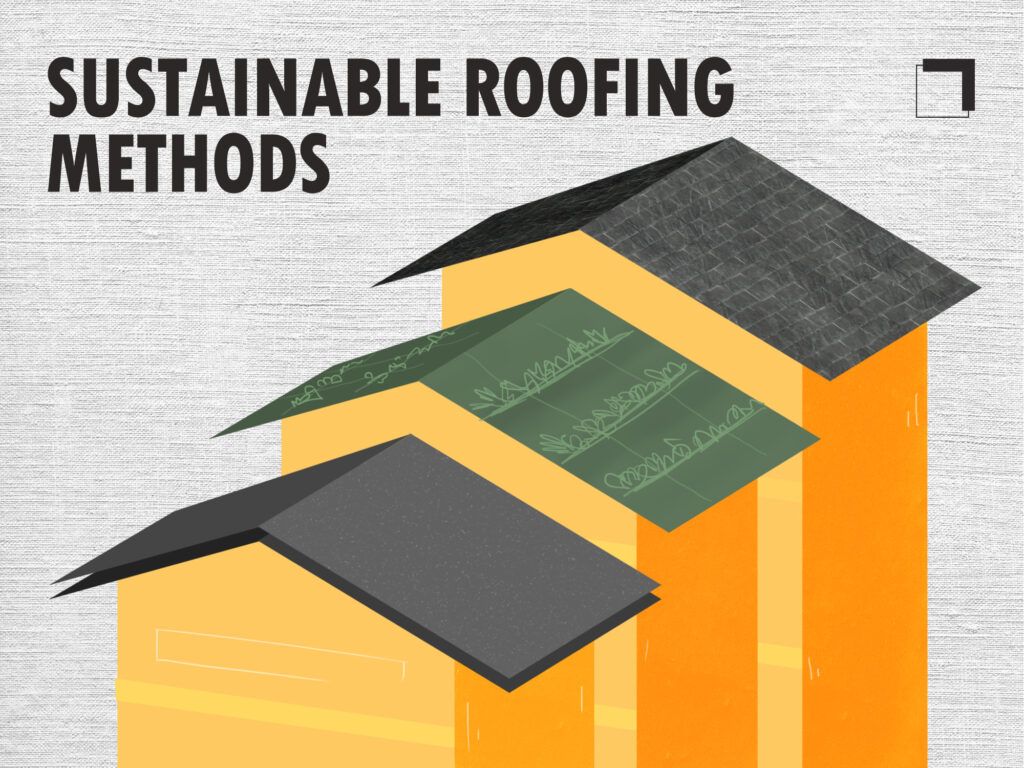
Metal Roofs
Because of its toughness, recyclable nature, and energy efficiency, metal roofing is a well-liked environmentally responsible choice. Metal roofs have a 50-year lifespan, which is much longer than that of conventional roofing materials. At the end of their useful lives, metal roofs can also be recycled, lowering the quantity of garbage that ends up in landfills. Due to their high levels of reflectivity, metal roofs also help to reduce heat absorption and cooling expenses.
We highly recommend metal roofing in the Midwest climate!
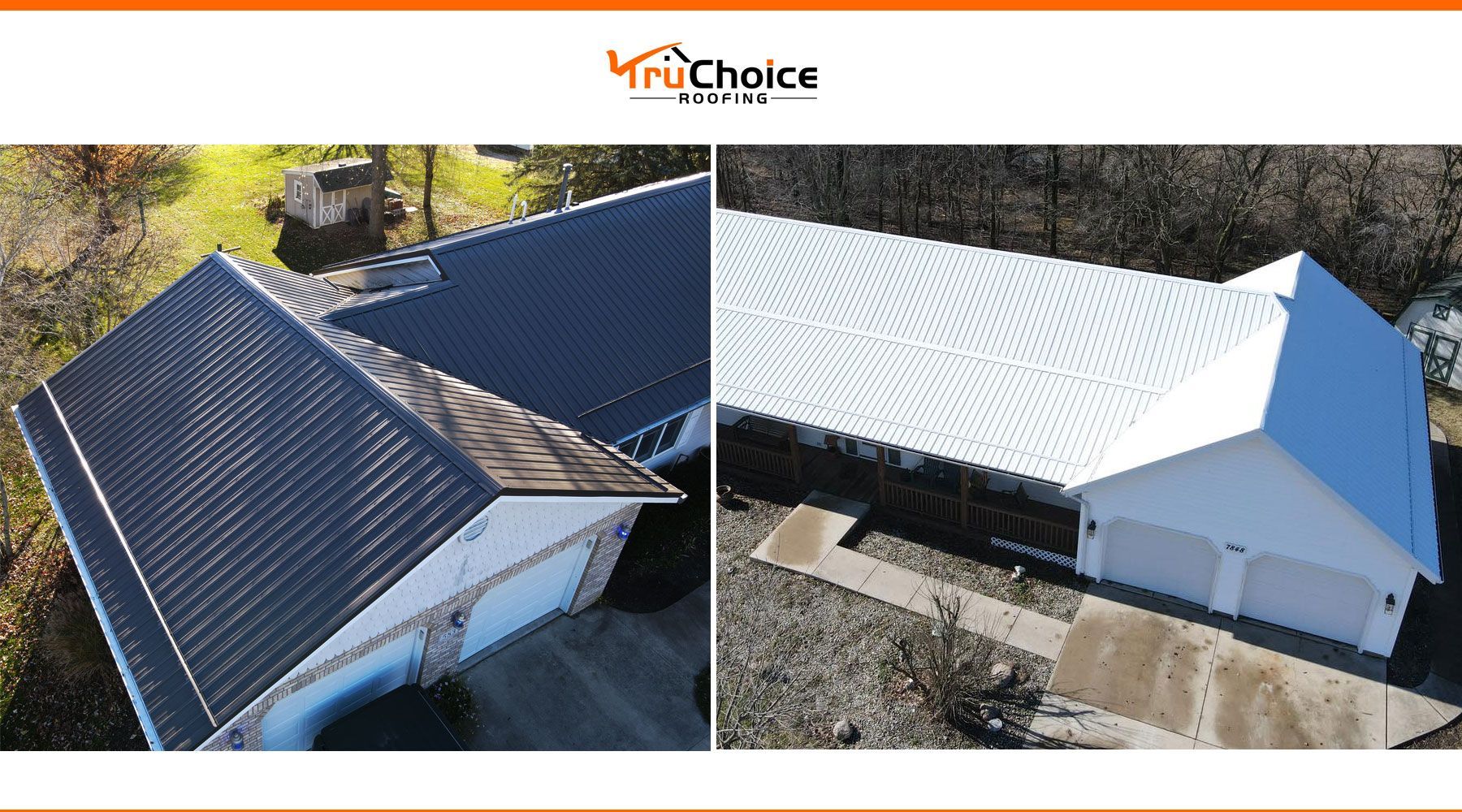

Concrete and Clay Tiles
Another environmentally friendly roofing option is concrete and clay tiles. These products are sustainable since they are durable and recyclable. Also, the outstanding thermal mass of clay and concrete tiles can aid in lowering heating and cooling expenses.
Wooden Shakes and Shingles
Traditional roofing materials like wood shakes and shingles have the potential to be greener options. Using wood that has received Forest Stewardship Council certification is the key to sustainability (FSC). FSC-certified timber is collected and handled sustainably, minimizing its negative environmental effects. Furthermore biodegradable and recyclable, wood roofs are.
Roofing Made Of Recycled Rubber
Used tires and other rubber materials are used to create recycled rubber roofing. Due to its contribution to lowering landfill trash, this material is a green choice. Recycled rubber roofing is a popular option for commercial buildings since it is lightweight and strong.
A Green Roof
Planting vegetation on a building's roof is a novel option known as "green roofing." This kind of roof can improve air quality and reduce stormwater runoff, among other environmental advantages. Moreover, green roofs can aid with building insulation, which can lower heating and cooling costs.
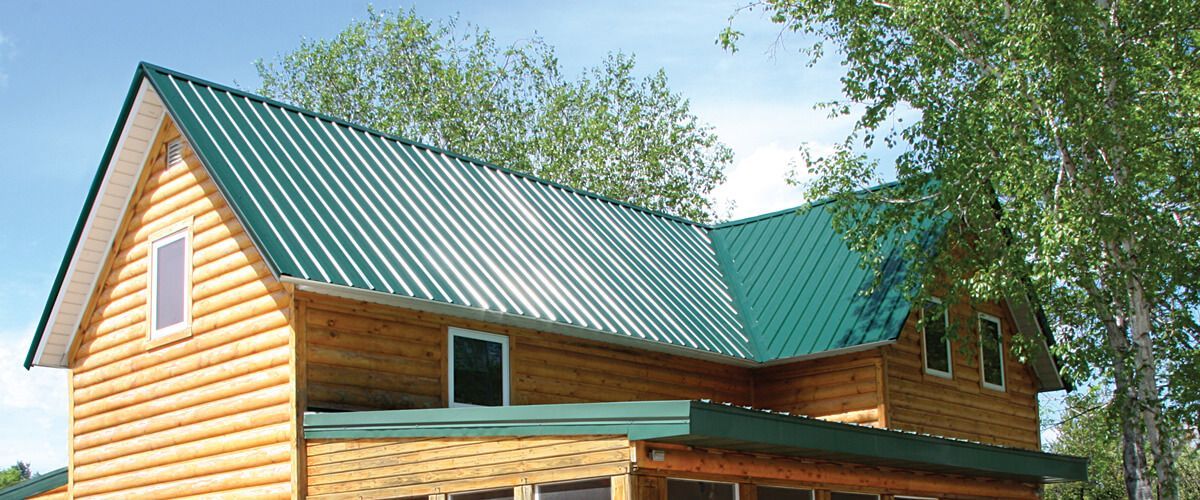
Tips for Choosing Sustainable Roofing Materials
Choosing sustainable roofing materials is an important step towards reducing your environmental impact and improving energy efficiency in your home. Here are some tips to consider when selecting sustainable roofing materials:
• Research eco-friendly options: Look for roofing materials that are made from renewable resources or recycled materials. Materials such as metal, clay tiles, wood shakes, and rubber shingles are popular sustainable choices.
• Consider energy efficiency: Opt for roofing materials with high insulation properties to reduce heat transfer and energy consumption. Cool roofs, made of materials that reflect sunlight, can also help lower cooling costs.
• Assess durability and lifespan: Choose materials that are known for their longevity and require minimal maintenance. Durable options like metal or slate can last for several decades, reducing the need for frequent replacements.
• Evaluate the manufacturing process: Investigate how the roofing materials are produced and if they involve environmentally harmful practices. Look for manufacturers that prioritize sustainable production methods and minimize waste generation.
• Check for local availability: Choosing locally sourced materials helps reduce the carbon footprint associated with transportation. It also supports the local economy and ensures that the materials are suitable for the local climate.
• Consider water runoff and drainage: Evaluate how the roofing material handles water runoff and whether it can be integrated with rainwater harvesting or other water management systems. Opting for materials that facilitate proper drainage can help prevent water damage and contribute to water conservation.
• Look for certifications and eco-labels: Seek out roofing materials that carry certifications or eco-labels indicating their sustainability credentials. Examples include ENERGY STAR, LEED, or Cradle to Cradle certifications, which demonstrate adherence to specific environmental standards.
There is an availability of numerous green roofing choices, but our conclusion is that metal roofs are by far the best, most economical, sustainable option in the Midwest! Sustainable options for roofing that can lessen its impact on the environment include metal roofing, clay and concrete tiles, wood shingles and shakes, recycled rubber roofing, and green roofing. It is crucial to take durability, recycling, and energy efficiency into account when selecting a roofing material. By selecting a green roofing choice, you may lessen your carbon footprint and help to create a more sustainable future.
Call us at 260-777-1942 at TruChoice Roofing if you would like to discuss environmentally friendly options for your roof!
